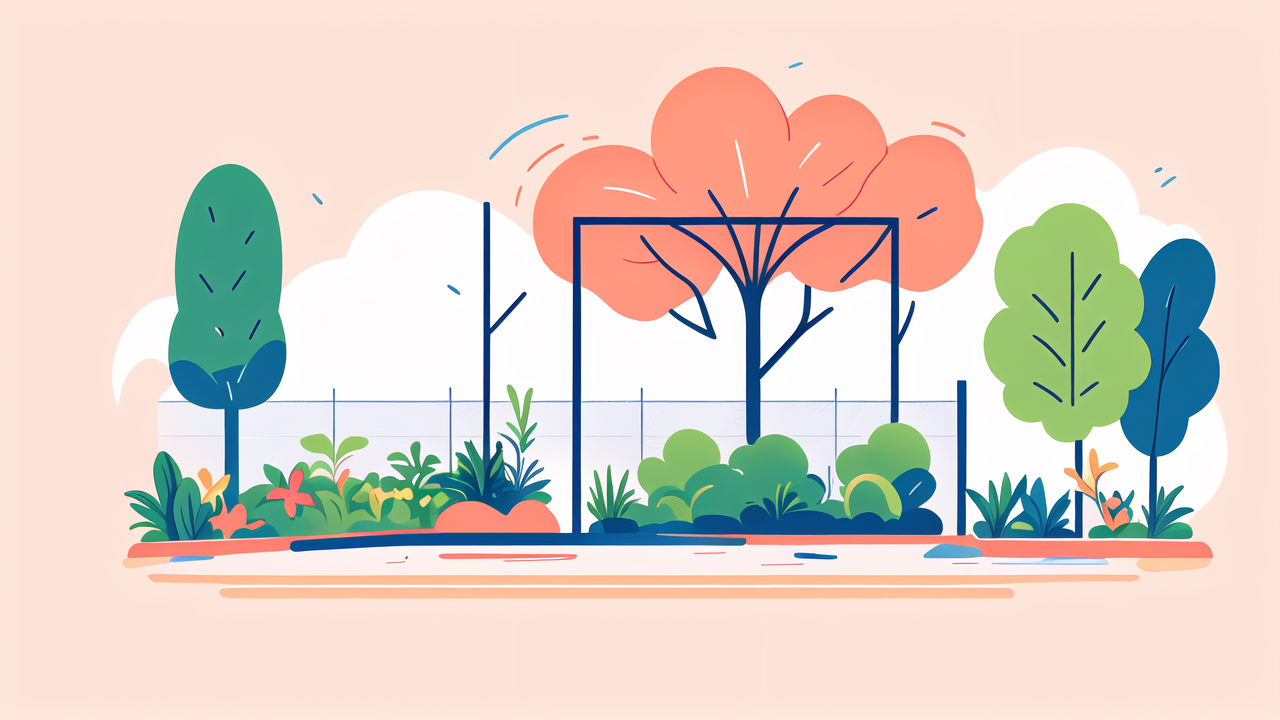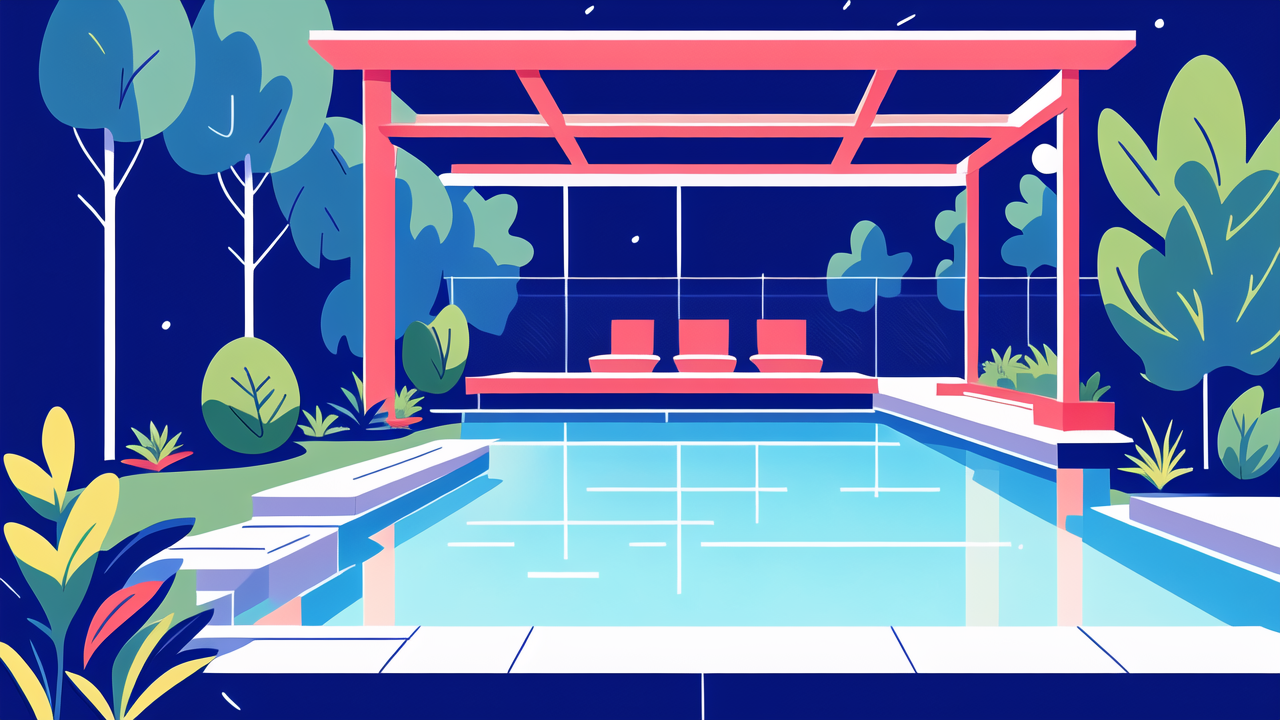Understanding the Appeal of U-Shaped Raised Beds
The Aesthetic Advantages of U-Shaped Raised Beds in Garden Design
U-shaped raised beds are a game-changer for garden aesthetics. They add a unique focal point to any outdoor space. The shape creates a sense of enclosure, making the garden feel cozy and inviting.

These beds offer versatility in design. You can customize their size and height to fit your space perfectly. The U-shape allows for creative planting arrangements, adding visual interest to your garden.
U-shaped beds can be made from various materials. Wood, stone, or metal can be used to match your garden's style. The raised design draws the eye upward, adding depth to your landscape.
These beds can also serve as natural dividers in your garden. They create distinct areas without the need for fences. Overall, U-shaped raised beds enhance the beauty of any garden space.
Functional Benefits of U-Shaped Raised Beds for Gardeners in the United States
U-shaped raised beds offer more than just good looks. They provide practical benefits for American gardeners. The raised design improves soil drainage, which is crucial in areas with heavy clay soil.
These beds warm up faster in spring. This allows for earlier planting, especially in cooler regions. The U-shape makes it easy to reach all parts of the bed without stepping on soil. This prevents soil compaction and protects plant roots.
U-shaped beds are perfect for small spaces. They maximize growing area in limited gardens. The design is ideal for companion planting and crop rotation. It's also great for people with mobility issues, as it reduces bending and stretching.
These beds can be easily covered to extend the growing season. This is helpful in areas with harsh winters or unpredictable weather. The U-shape also creates a microclimate that can protect sensitive plants.
Choosing the Right Materials for Your U-Shaped Raised Bed
Selecting the right materials is key to a successful U-shaped raised bed. Wood is a popular choice due to its natural look and affordability. Cedar and redwood are naturally rot-resistant options.
For longer-lasting beds, consider composite materials. These require less maintenance and resist decay. Metal, like galvanized steel, offers durability and a modern look. It's ideal for areas with extreme weather conditions.
Stone or concrete blocks create sturdy, permanent beds. These are great for regions with high winds or heavy rains. When choosing materials, think about cost, longevity, and how they fit your garden style.
Consider the height of your bed when selecting materials. Taller beds may need stronger materials to hold soil pressure. Also, think about the tools you'll use. Some materials may be easier to drill into for adding accessories.
Innovative Expandable Designs for Garden Fences
The Role of Expandable Fences in Adaptive Gardening
Expandable garden fences are a versatile tool for modern gardeners. They allow you to easily adjust your garden layout as needs change. This flexibility is perfect for seasonal crops or expanding gardens.

These fences can be extended to protect new plantings. They can also be retracted when you need more open space. This adaptability is ideal for gardeners who like to experiment with different layouts each year.
Expandable fences are great for managing pests. You can quickly enclose vulnerable plants when needed. They're also useful for creating temporary garden rooms or dividing spaces for different purposes.
For urban gardeners with limited space, these fences are a game-changer. They help maximize usable area without permanent structures. This versatility makes expandable fences a valuable asset in any garden.
Materials and Techniques for Constructing Your Garden Fence
Various materials can be used to create expandable garden fences. Lightweight metals like aluminum are popular for their durability and ease of movement. PVC pipes offer an affordable and DIY-friendly option.
Wooden lattice panels can be hinged together for a more traditional look. These can be easily folded or extended as needed. Bamboo stakes connected with twine or wire create a natural, eco-friendly option.
When building, focus on creating sturdy joints that allow for movement. Use weather-resistant hardware to ensure longevity. For larger fence sections, consider adding wheels or sliding mechanisms.
Think about the weight of your fence when choosing materials. Lighter materials are easier to move but may be less durable. Heavier options offer more stability but require more effort to adjust.
Maintaining and Upgrading Your Expandable Fencing Solutions
Regular maintenance keeps expandable fences working smoothly. Inspect moving parts often and lubricate as needed. Clean the fence material to prevent dirt buildup that could hinder movement.
For wooden fences, apply a weather-resistant sealant yearly. Metal fences may need touch-up paint to prevent rust. Replace any damaged sections promptly to maintain the fence's integrity.
Consider upgrading your fence with useful features. Add built-in plant supports or automatic watering systems. Attach shade cloth or plastic sheeting to create a microclimate control tool.
These upgrades can enhance your fence's functionality. They turn a simple barrier into a multi-purpose gardening tool. Regular care and thoughtful upgrades will extend the life of your expandable fence.
Maximizing the Effectiveness of Your Garden Fence
Integrating Garden Fences into Your Overall Landscape Design
Garden fences should blend seamlessly with your landscape. Choose styles and colors that complement your home and garden theme. Use fences to create visual interest by varying heights and textures.

Incorporate climbing plants to soften the look of hard fencing materials. This adds a natural element and can provide extra privacy. Use fences to frame views or create backdrops for garden focal points.
Think about how the fence will look in different seasons. Plan for year-round appeal with evergreen plants or decorative elements. Add lighting to fences to enhance nighttime garden aesthetics and security.
Consider the purpose of each fence section in your design. Some areas may need solid fencing for privacy. Others might benefit from more open designs to showcase garden views.
Strategies for Cost-Effective Fence Installation and Maintenance
To save money, consider DIY installation for simple fence designs. Compare prices from multiple suppliers to find the best deals on materials. Choose low-maintenance materials to reduce long-term care expenses.
Plan your fence layout carefully to minimize material waste. Look into using reclaimed or recycled materials for an eco-friendly option. Set up a regular maintenance schedule to prevent costly repairs later.
For complex projects, hiring professionals can be cost-effective. They ensure proper installation, which can save money in the long run. Look into community gardening resources for shared tools or group discounts on materials.
Consider the lifespan of different fencing options. A more expensive, durable fence may be cheaper over time than a less expensive one that needs frequent replacement.
Navigating Legal and Regulatory Considerations for Fencing in the U.S.
Before installing a fence, check local zoning laws and HOA rules. These may limit fence height, materials, and placement. Some areas require permits for fence installation, so research local requirements.
Be sure of property lines to avoid disputes with neighbors. Consider a survey if there's any uncertainty. You may need written agreement from neighbors for shared fencing.
Understand wildlife protection laws that might affect your fencing choices. Some areas have rules to protect animal movement. Know about rights-of-way and easements that could impact fence placement.
Check if your area has specific rules for pool fencing or other safety requirements. Some regions have strict guidelines for fences around water features. Following these rules is crucial for safety and legal compliance.
